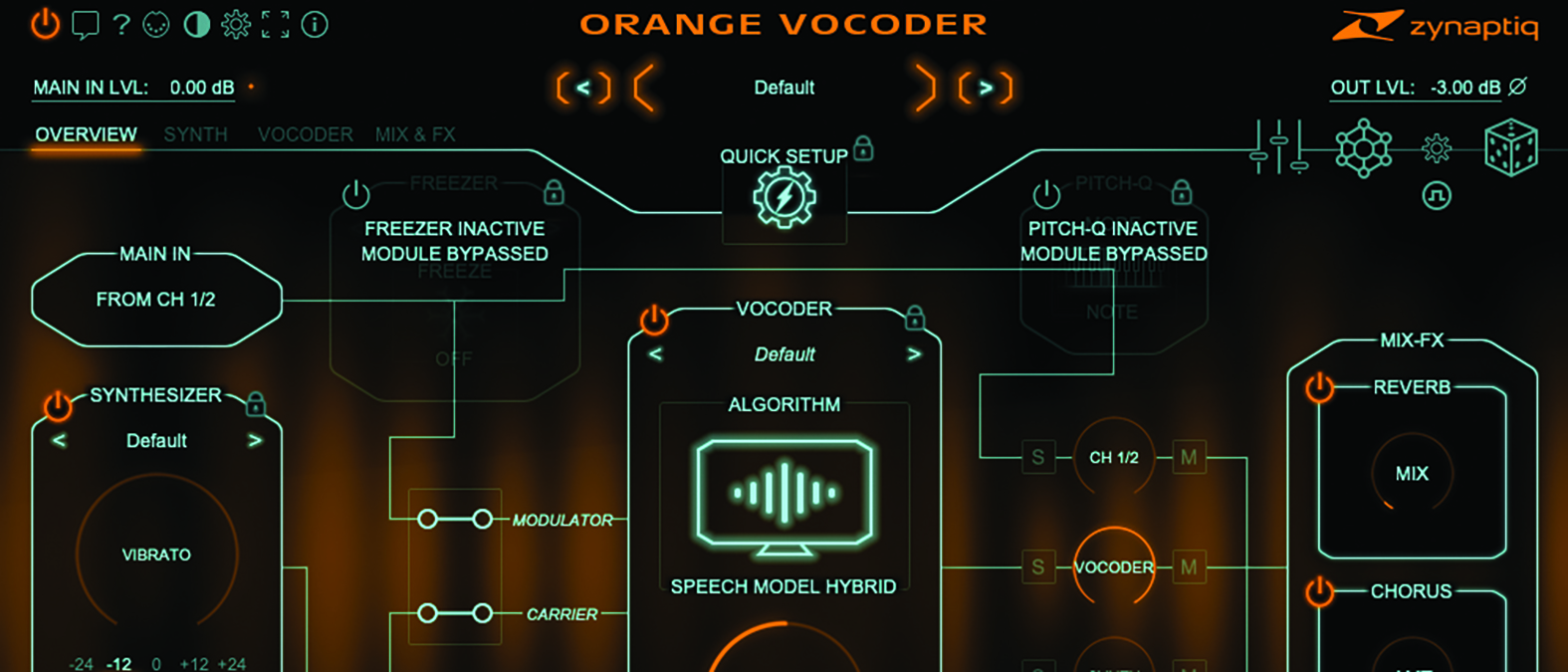MusicRadar Verdict
Vocoders can sound very stylised, but Orange IV covers all the bases that you’ll ever likely need, in a neat and stylish plugin.
Pros
- +
Versatile and editable.
- +
The onboard synth lends itself brilliantly to the task of Carrier.
- +
Signal flow soloing/muting is very useful.
Cons
- -
Significant latency makes real-time playing a challenge.
- -
Some glitches when picking algorithms.
MusicRadar's got your back
Zynaptiq Orange Vocoder IV: What is it?
Supports AU, AAX Native, VST 2.4 and VST 3 on macOS, and AAX Native, VST 2.4 and VST 3 on Windows.
Buy at Plugin Boutique
There are few sounds that encapsulate electronic music like the sound of the vocoder. That sound of the robots singing: that’s a vocoder! The only problem is, they can be a tad tricky to use, but Zynaptiq aims to change all of that, with its long-awaited update to the hailed Orange Vocoder.
Orange IV is a fully functional and flexible vocoder, fully integrated into the DAW-based realm. Unlike previous versions, IV loads as a fully functional MIDI controllable software effect. This is important, due to vocoding architecture; vocoders require two signals, namely a carrier signal, which usually takes the form of a synthesizer, and a modulation signal, which is most commonly a voice, although vocoding drums is also a popular pursuit.
Sound like Kraftwerk or Earth Wind & Fire, or quickly switch to Daft Punk or contemporary R&B, without issues
The combination of these two elements is visible from the main overview page, which displays the signal flow, making it easy to find and edit the exact sound you would like. While many other DAW-based vocoders concentrate on emulating the classics (and there’s nothing wrong with that), Orange IV provides 24 different vocoder colours, loaded through algorithms. This means that you can sound like Kraftwerk or Earth Wind & Fire from the ’70s, or quickly switch to Daft Punk or the contemporary sound of R&B, without any issues.
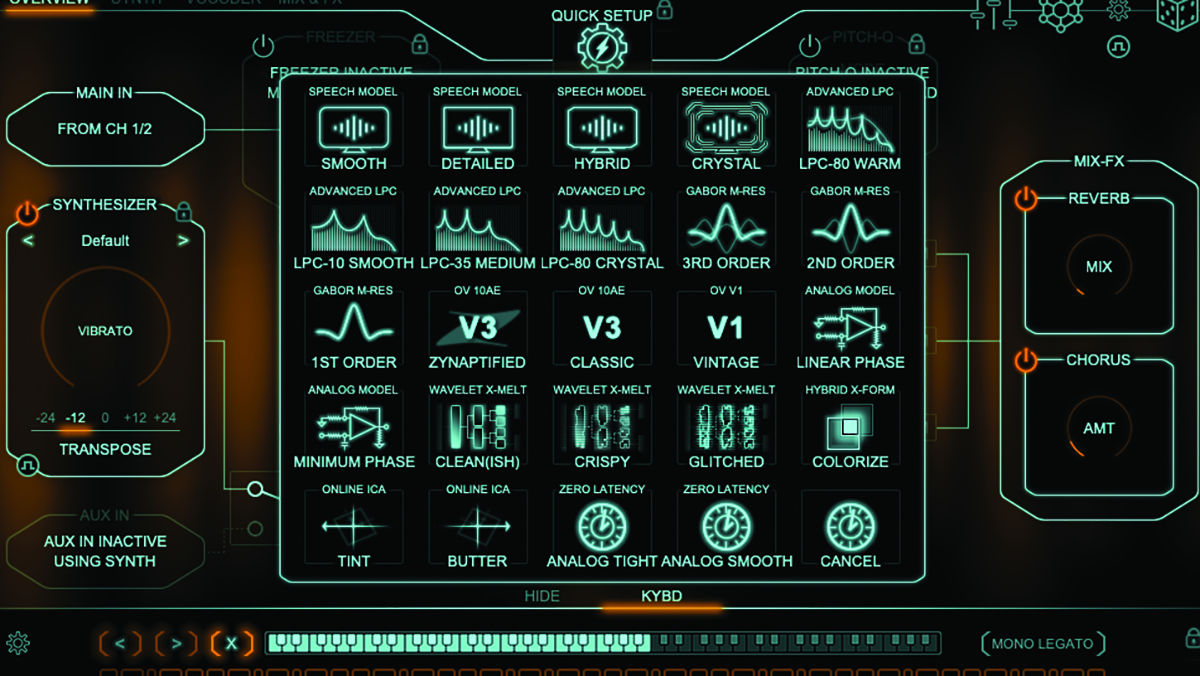
Zynaptiq Orange Vocoder IV: Performance and verdict
As we have a powerful synthesizer engine built into the plugin, you can use this as a synth in its own right. Equipped with its own parameter page, the synth section provides all the classic subtractive waveforms, with some hard-edged cutting waveforms too, combed through two oscillators per voice.
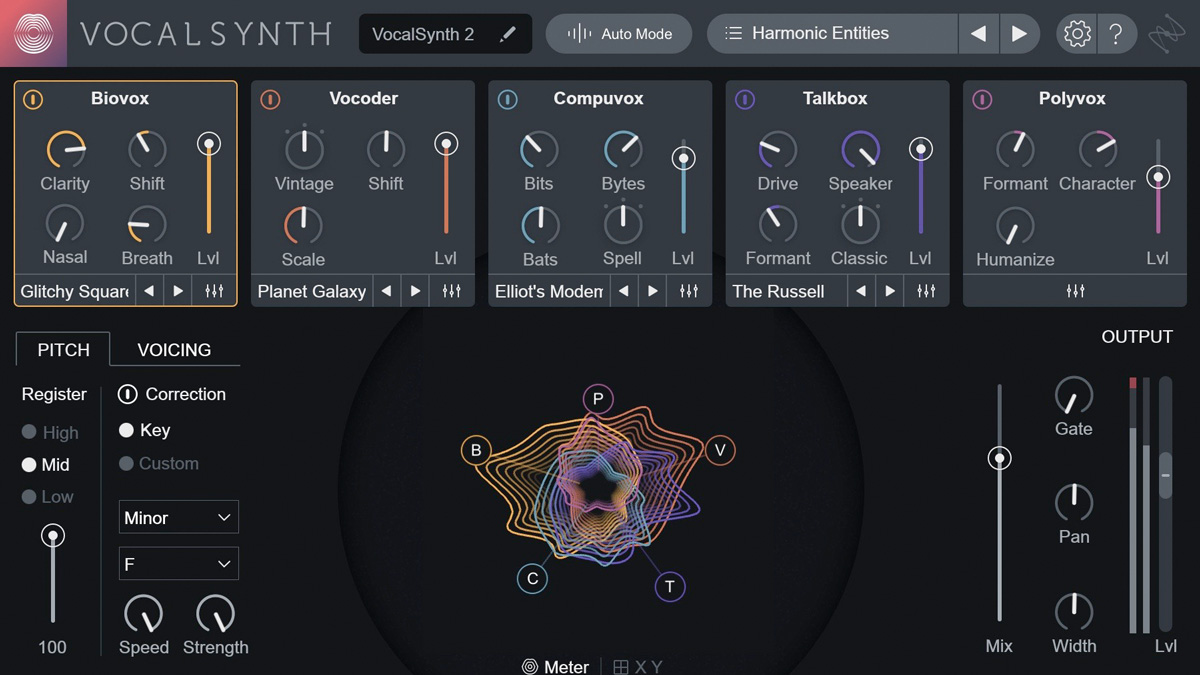
• iZotope VocalSynth 2
Packed full of different unique and stylised vocal effects, along with tracking and hard-tuning.
• VirSyn Matrix Vocoder
So good, Kraftwerk use it! Two vocoder models, one based on the legendary Sennheiser VSM 201.
This is useful for obtaining a sharp contemporary sound, although you can mix and match the waveforms using four different low-pass filter designs. It’s very admirable as a synth, but it’s the combination with the vocoder section where things really come alive.
The Overview page offers muting and soloing of each plugin section, in order to establish which signals are in play. The inbuilt synth signal can be replaced by an external synth signal if desired, although we found that due to the way that vocoders colour sound, the onboard synth was by far the easiest option to use, with little benefit to bringing in an external carrier.
The vocoder algorithms are altered with a click-and-select, with one nice feature allowing your mouse to hover over your intended selection, in the form of an audition mode. We found this to be a little glitchy, if you scuttle through the vocoder algorithms too quickly, but it’s very useful for getting an idea of your proposed sound before committing.
The different vocoding algorithms provide a huge cross section of voicing options, from classic to fairly sharp and digital. There are also algorithms that are a little more way-out, with degrees of distortion and bit-crush effect, at source. You can also alter your vocal formants, which adjusts the tone significantly, for the Mickey-Mouse-on-helium effect, or Barry White on steroids!
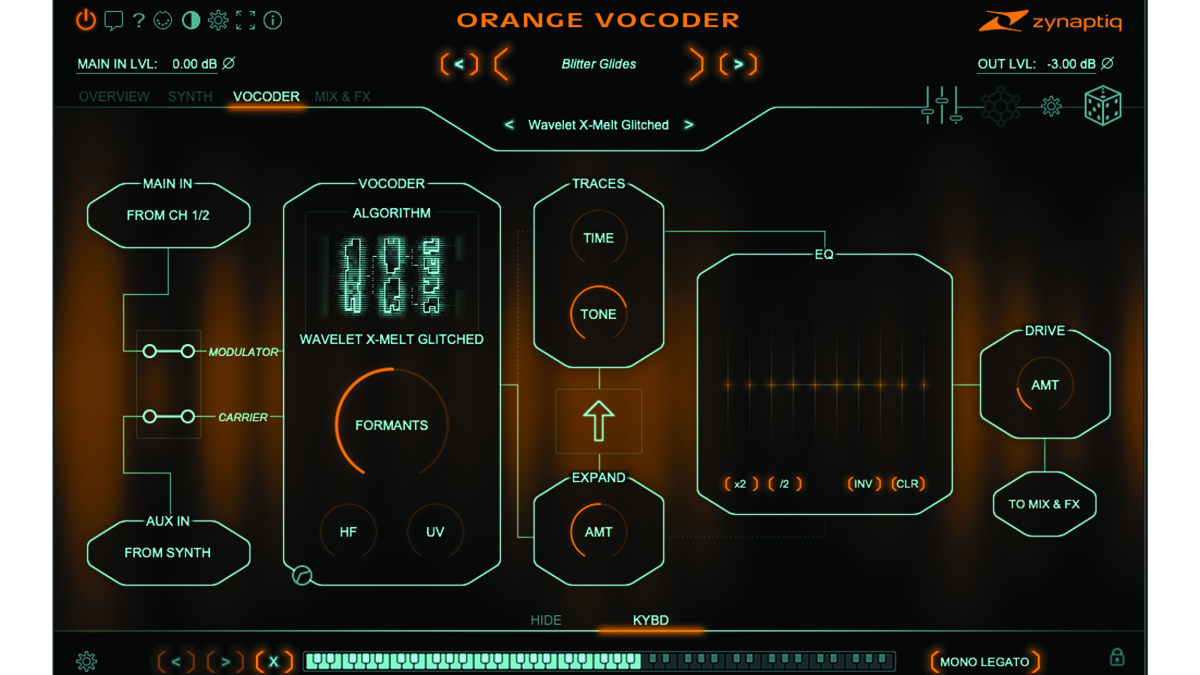
Hard-tune
The process of vocoding is a highly recognisable one, but it is also often confused with other similar technologies. Bizarrely, around the same time that the original Orange Vocoder first appeared, so did a little product known as Auto-Tune. It didn’t take very long with producers to discover the effect now commonly referred to as hard-tune. This is where you hear a vocal snapping into a diatonic or chromatic scale, as directed by the Auto-Tune itself. This was originally combined with a vocoder on the song Believe by Cher, before entering the production psyche and becoming a very commonplace occurrence in many contemporary productions.
Orange Vocoder IV also includes a hard-tune option, which means that you don’t necessarily have to play the keyboard in order to get that effect. In our tests, we found this pitch detection option to be a little hit-or-miss, but as with all production processes, spending a little time with a product will help you get the best out of its operation, and you can always fall back on the keyboard-playing default, to really hone your hard-tune sound.
Total control
At the bottom of the plugin, there’s a keyboard which can be assigned a fixed set of notes, or used to trigger, from a MIDI keyboard. We did notice a degree of latency, even in our DAW’s low-latency mode, which isn’t entirely surprising, due to the significant processing required, but it can make playing in real time a challenge, if compared to some other hardware or plugins. However, the effort is notably worth it, as the total package of synth, vocoder and associated effects is one of the most impressive we’ve ever seen.
MusicRadar verdict: Vocoders can sound very stylised, but Orange IV covers all the bases that you’ll ever likely need, in a neat and stylish plugin.
Zynaptiq Orange Vocoder IV: The web says
"Orange Vocoder IV is a special effects powerhouse that offers much more than most vocoders. Despite its depth, Zynaptiq have managed to make it all really easy to use."
Sound On Sound
Zynaptiq Orange Vocoder IV: Hands-on demos
sonicstate
Production Expert
Music Visuals
Zynaptiq Orange Vocoder IV: Specifications
- Supports AU, AAX Native, VST 2.4 and VST 3 on macOS, and AAX Native, VST 2.4 and VST 3 on Windows.
- Buy at Plugin Boutique
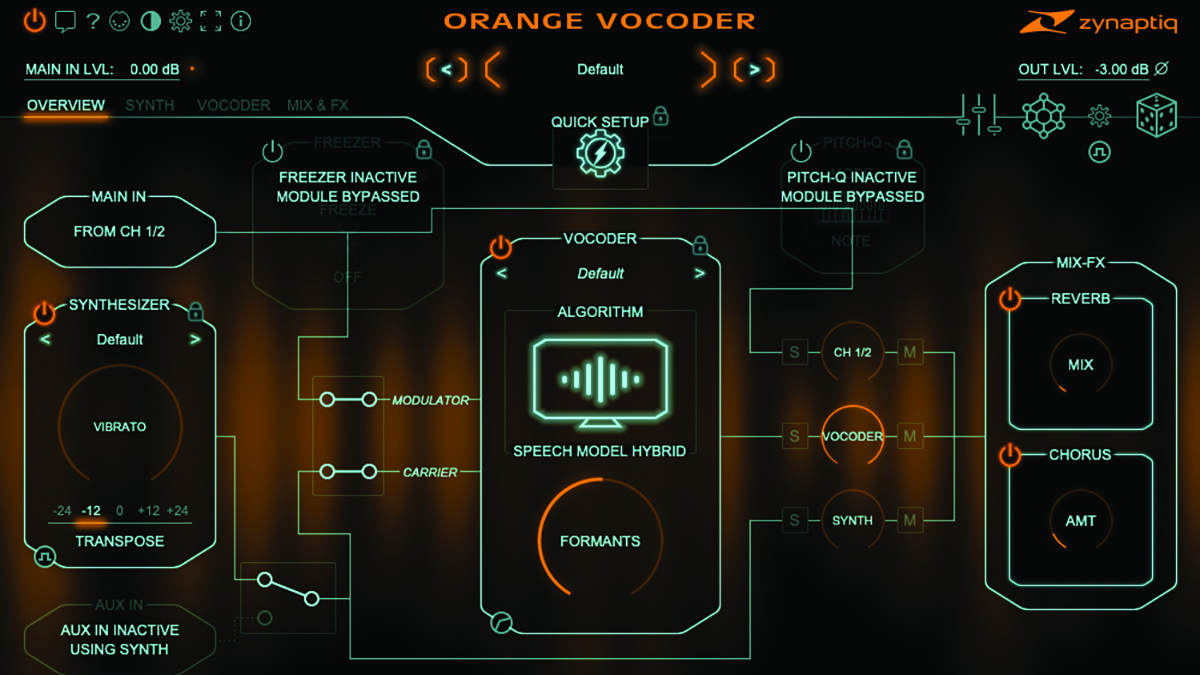

Computer Music magazine is the world’s best selling publication dedicated solely to making great music with your Mac or PC computer. Each issue it brings its lucky readers the best in cutting-edge tutorials, need-to-know, expert software reviews and even all the tools you actually need to make great music today, courtesy of our legendary CM Plugin Suite.
“Excels at unique modulated timbres, atonal drones and microtonal sequences that reinvent themselves each time you dare to touch the synth”: Soma Laboratories Lyra-4 review
“I used everything I knew about music”: How Green Day exceeded expectations with their most ambitious song
YouTube just added AI tools that makes musicians, library music and video editors redundant
